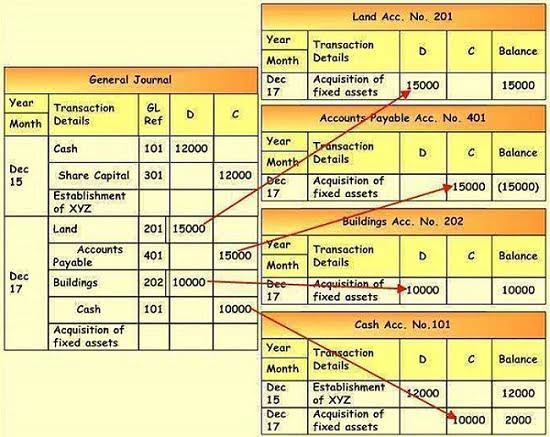This transfer of ownership at the https://creaspace.ru/forum/search.php?user_id=18631&user_name=Azumi&searchwhere=posts&searchtype=comments means the seller is no longer responsible for the goods during transit. Instead, the buyer assumes all responsibility for the shipment when it leaves the seller’s dock. For FOB Origin, after the goods are placed with a carrier for transport, the company records an increase in its inventory and the seller records the sale. For FOB Destination the seller completes the sale in its records once the goods arrive at their final destination, and the buyer records the increase in its inventory at that time. For small products that will inevitably be shipped by air, or small suppliers with little experience working with international buyers, you may receive quotations in EXW Incoterms. However, the vast majority of the quotes you will receive from sellers in China will be under FOB Incoterms.
What Is the Difference Between FOB and CIF?
Any missing information will be confirmed, and the logistics company will reserve a spot on the designated ship for your cargo. Once you have all of this information from your supplier, you can request a quotation from us, and we will send you a detailed shipping offer for your cargo. If you would like to be sent a custom rate for your next shipment from China, request a shipping quote, and we will send you a detailed offer.
Understanding Shipping Point vs FOB Shipping Point
On the other hand, if the contract specifies FOB Destination, the seller may be responsible for filing the claim. It’s important to consult with legal counsel to ensure the appropriate FOB term is chosen for each transaction. If you’re involved in the world of freight shipping, you may have heard the terms FOB https://www.icdr.us/category/lawyers/ and FOB Destination thrown around. In this article, we’ll dive into the details of each, exploring their pros and cons, legal requirements, negotiation tips, best practices, and more.
- The buyers are always responsible for the freight costs to ship products under FOB Incoterms.
- In this SAP SD tutorials you will learn how to crate shipping point in SAP step by step.
- In this scenario, the seller pays for shipping, but the buyer retains responsibility once the goods are at the point of origin.
- If you are involved in the logistics industry, you may have heard the term O.B.
Why SearchPoint?
This can be particularly beneficial if the goods are fragile or expensive, as the seller is typically more experienced in handling and transporting them. However, the seller also has less control over the transportation process and may be subject to higher shipping rates. Additionally, FOB Destination may not be possible if the seller is located far from the buyer or if the buyer requires expedited shipping. You’ll learn how FOB shipping point impacts ownership and risk transfer, divide costs between buyers and sellers, and affect your accounting practices.
Incoterms last included the term “passing the ship’s rail” before its 2010 publishing. To successfully ship goods under either FOB term, both parties should be clear on the responsibilities and risks involved. This includes understanding any contracts, insurance policies, and documentation requirements. It is also important to ensure proper packaging and labeling of the goods, as well as choosing a reputable and reliable carrier.
- One of the main benefits of FOB Shipping Point is that the buyer has more control over the transportation process.
- In a Freight Collect arrangement, the buyer pays for all shipping costs, from the originating port to the final destination.
- FOB shipping point, or FOB origin, means the title and responsibility for goods transfer from the seller to the buyer once the goods are placed on a delivery vehicle.
- Whether it’s deciding who files claims for damaged goods or determining the final price, FOB terms affect every aspect of the shipping process.
- On the day your cargo is scheduled to leave, the seller’s warehouse and your logistics company will arrange a truck to collect it.
Goods in FOB http://xlegio.ru/sources/onasander/preface.html are owned by the buyer once loaded onto the freight carrier at the origin point. Notably, some Incoterms are designed exclusively for sea transport, while others are versatile enough for any mode of transportation. Understanding the accounting implications of Free On Board (FOB) terms is vital for businesses engaged in international trade. From selecting the carrier to deciding on the shipping route, buyers have the control and flexibility to make strategic choices that align with their business needs.
- Anytime a quotation includes FOB, it means the seller confirms this responsibility.
- Once the shipment is picked up from the agreed shipping point, a receipt of goods will be waiting.
- The buyer is not responsible for the goods during transit; therefore, the buyer often is not responsible for paying for shipping costs.
- This can provide added security and peace of mind for the buyer, as they are not responsible for any damages or losses that may occur during transportation.
























